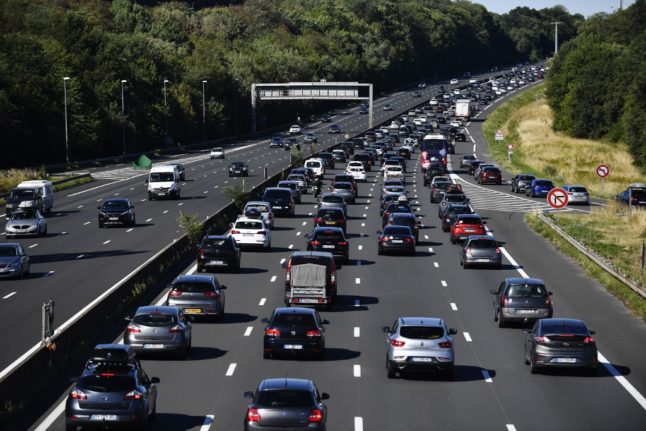Police received the first reports at around 1am of a vehicle driving dangerously in the centre of Bondeno, a town of 13,000 inhabitants near Ferrara, police said in a statement received by AFP on Thursday.
The officers in the patrol car dispatched to the scene in the northern Emilia Romagna region were “greatly surprised when they discovered the year of the driver’s birth”, it said.
Giuseppina Molinari, known as Giose, was born in 1920, “so is 103 years old but still capable of getting into a car and driving to Bondeno to meet friends”, police said.
She had “probably” got disorientated in the dark and lost her way, police said.
Molinari’s licence had expired two years previously. In Italy, drivers over 80 must undergo a medical exam every two years to renew their permits.
The centenarian was fined and then taken home by police. But she has not resigned herself to staying at home.
“I will buy myself a Vespa,” Molinari told local newspaper La Nuova Ferrara.
In the meantime, she plans to visit friends by bicycle instead.
Ferrara mayor Alan Fabbri, himself from Bondeno, hailed her approach to life: “I would give Giose a medal rather than a fine.”
“It’s not common to have such inner strength, and it gives me hope for my own old age!” he wrote on Facebook.




 Please whitelist us to continue reading.
Please whitelist us to continue reading.
Member comments